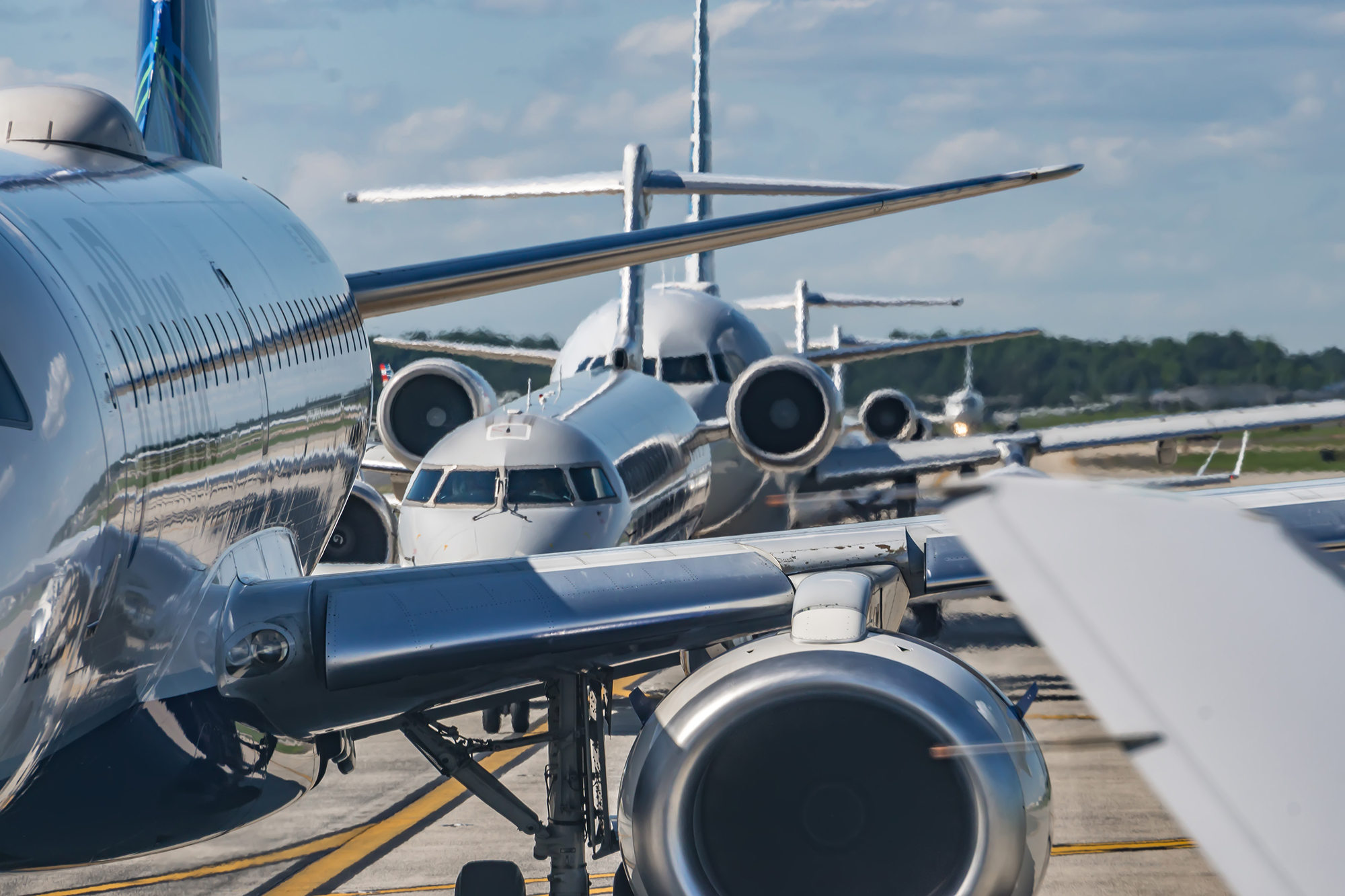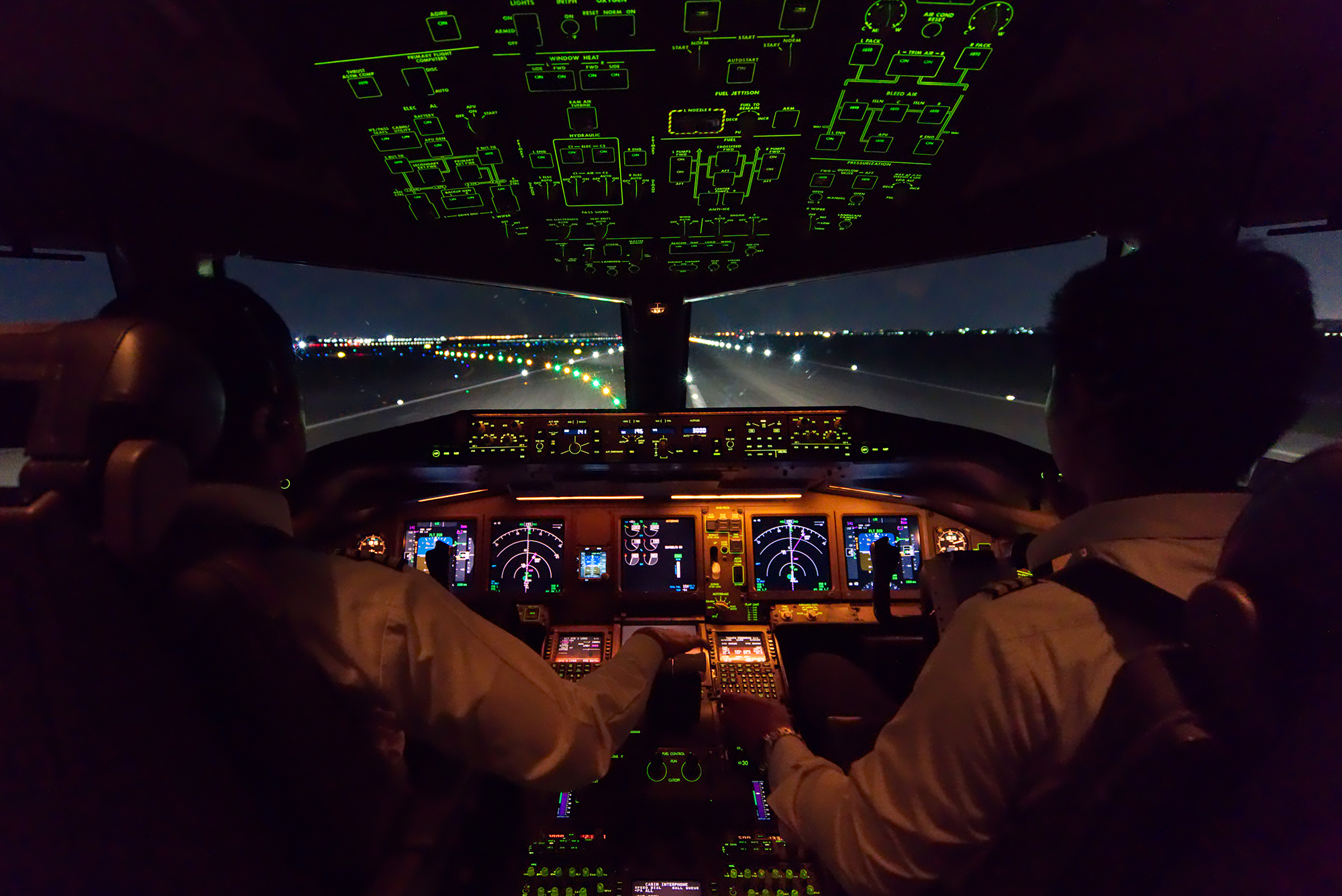Student pilots are often surprised to learn that not all of the equipment onboard an airplane has to be operational for the aircraft to legally fly. Some systems are not required for certain operations, such as flights during the day.
To add to the confusion, the requirements for what must be operational differs between aircraft, airlines, and even flights. Furthermore, there are multiple lists that determine what should be operational for a particular flight, which leads to the incorrect use of the terms Master Minimum Equipment List (MMEL) and Minimum Equipment List (MEL).
If any of these terms are confusing to you, don’t worry! This article will explain the differences and clarify any misconceptions concerning the equipment lists.
What Is an Equipment List?
An equipment list is a list of items that must be operational for a particular flight. For example, the landing lights in the Cessna 172 do not have to be operational for flights during the day but must be operational for flights at night. The equipment lists are used to determine if an aircraft can legally perform a particular flight.
The maintenance of an inoperative piece of equipment can often be deferred by a specified number of days, depending on the importance of the equipment. However, after the deferral period has passed, the item must be repaired before the aircraft can legally fly.
The Master Minimum Equipment List (MMEL)
The Master Minimum Equipment List (MMEL) is the least restrictive equipment list and is established by the aircraft manufacturer.
The MMEL is developed with input from engineers and data gathered from flight tests. The goal of the MMEL is to establish which items are critical and which may be inoperative under certain circumstances.
The MMEL takes into account the impact of multiple failures and the effects of inoperative items on the safety of the flight. The MMEL does not take into account operator (e.g., airline) specific conditions, but it does have to be approved by the aviation authority where the aircraft was designed. For example, in the case of Boeing, the Federal Aviation Administration (FAA) (more specifically, the Aircraft Evaluations Group) must approve the MMEL.
The MMEL is usually published in the aircraft’s POH, and even smaller aircraft typically not associated with commercial travel have MMELs.
The Minimum Equipment List (MEL)

The Minimum Equipment List is a more restrictive version of the MMEL.
The MEL takes into account the operator’s (e.g., airline’s) operational criteria and must be approved by the operator’s National Aviation Authority (NAA). For example, in the case of Delta Air Lines, this is also the FAA.
The MEL will further restrict the operator concerning certain operational aspects. For example, if an airline performs flights to airports with short runways, the MMEL may allow thrust reversers to be unserviceable during some flights, while the MEL may require thrust reversers to be operational during every flight. The MEL takes precedent over the MMEL, and therefore the MEL must always be followed.
Can an MMEL Be Used as a MEL?
An MMEL can be used as a MEL, but the MMEL must be approved by the operator’s National Aviation Authority. In the case where an operator uses an aircraft’s MMEL as a MEL, the MMEL is referred to as a MEL. In other words, an operator will never refer to their MEL and an MMEL.
What If Multiple Items Are Broken?
Some items in the MEL may only be unserviceable if other items are operational. This will be indicated in the MEL.
In many cases, multiple unrelated unserviceable items are not addressed by the MMEL or MEL. When this is the case, flight crew need to rely on input from engineers and maintenance technicians to decide whether the aircraft is safe to depart.
It is ultimately the Pilot in Command’s (PIC) responsibility to ensure that the requirements of the MEL are met. If multiple items are unserviceable, it is also the Pilot in Command’s responsibility to determine if the aircraft is safe to fly.
When Is a MEL required?

Part 135 and 121 operators are all required to have an approved MEL. Part 91 is a little more nuanced, however.
14 CFR 91.213 governs the use of the MEL for Part 91 operations. The legislation is particularly confusing, and the provisions or restrictions are not immediately apparent at first glance.
Part 91.213 (d)(1)
14 CFR Part 91.213 (d)(1) states that an aircraft does not require an approved Minimum Equipment List provided the aircraft is a non-turbine powered airplane for which a Master Minimum Equipment List has been developed.
In other words, if an MMEL has been developed for a large aircraft, it must also have an approved MEL. However, if a small aircraft has an MMEL, its use is optional.
Part 91.213 (d)(2)
Part (d)(2) states that even if your aircraft is not required to have a MEL, the inoperative piece of equipment must not be required by the manufacturer to be serviceable, as indicated in the POH.
This effectively means that if the aircraft has an MMEL, the MMEL must be followed, even if a MEL is not legally required.
Part 91.213 (d)(3)
Part (d)(3) goes on to state that the inoperative piece of equipment must be removed or disabled, and any controls in the cockpit regarding the piece of equipment must be labeled as inoperative.
Part 91.213 (d)(4)
And finally, part (d)(4) states that the Pilot in Command or a mechanic must confirm that the inoperative piece of equipment will not create a hazard to the aircraft.
Turbine Aircraft
If you’re operating a turbine aircraft, Part 91 requires that you have a MEL. Old turbine aircraft operating under Part 91 are often the most neglected regarding maintenance, and some Part 91 operators are known to operate (illegally) without approved MELs.
Conclusion
The Minimum Equipment List is a critical part of the aviation safety process. While the MEL’s application to Part 91 is somewhat confusing, its implementation is crucial to ensuring the safety of every flight.

 @pilotinstituteairplanes
@pilotinstituteairplanes



